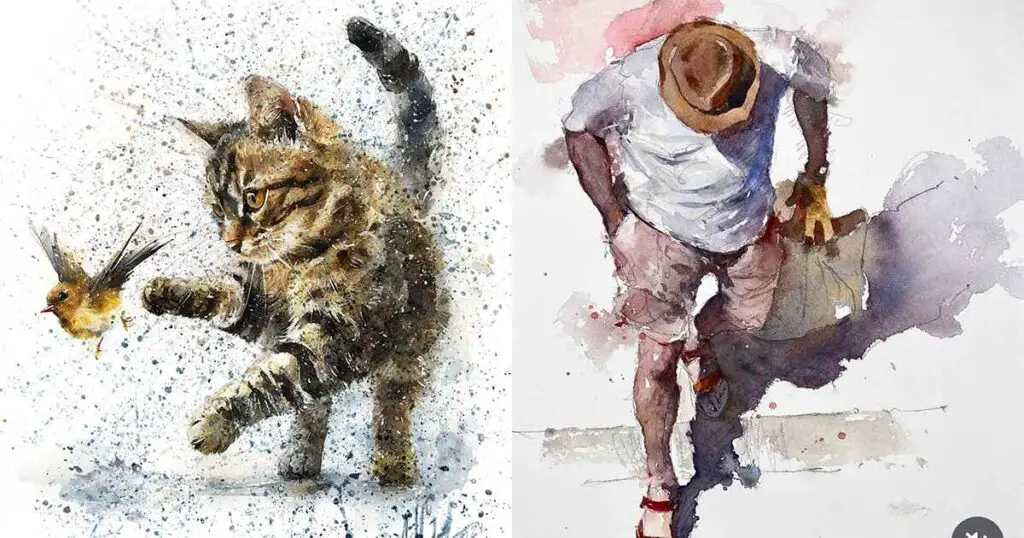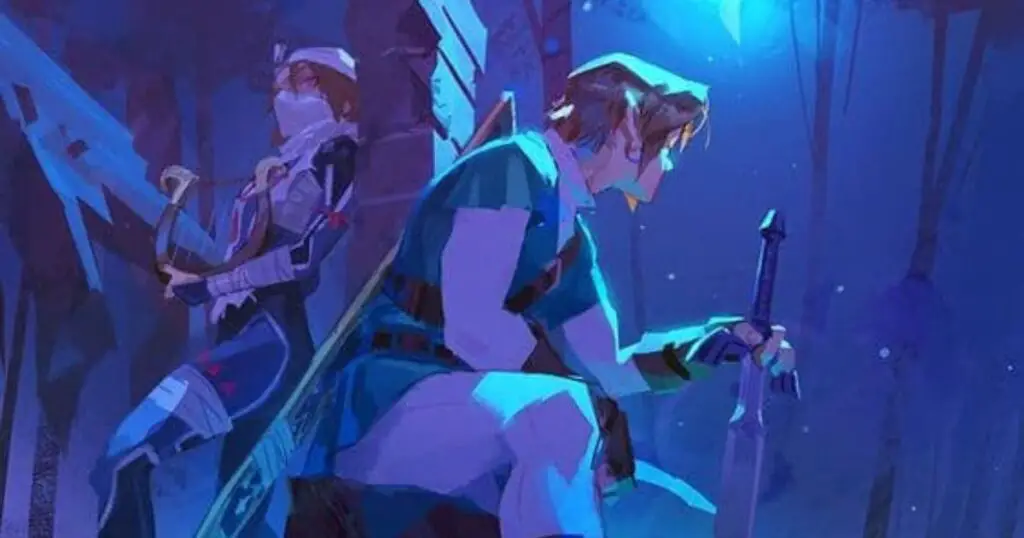Watercolor and ink painting combines the fluidity and vibrancy of watercolors with the bold, expressive lines of ink. This art form is perfect for beginners and experienced artists alike, offering endless possibilities for creativity. These ideas will inspire you to create your next work of art.
Some Cool Watercolor and Ink Paintings I Saw Online
Enjoy 😉 .
#1.
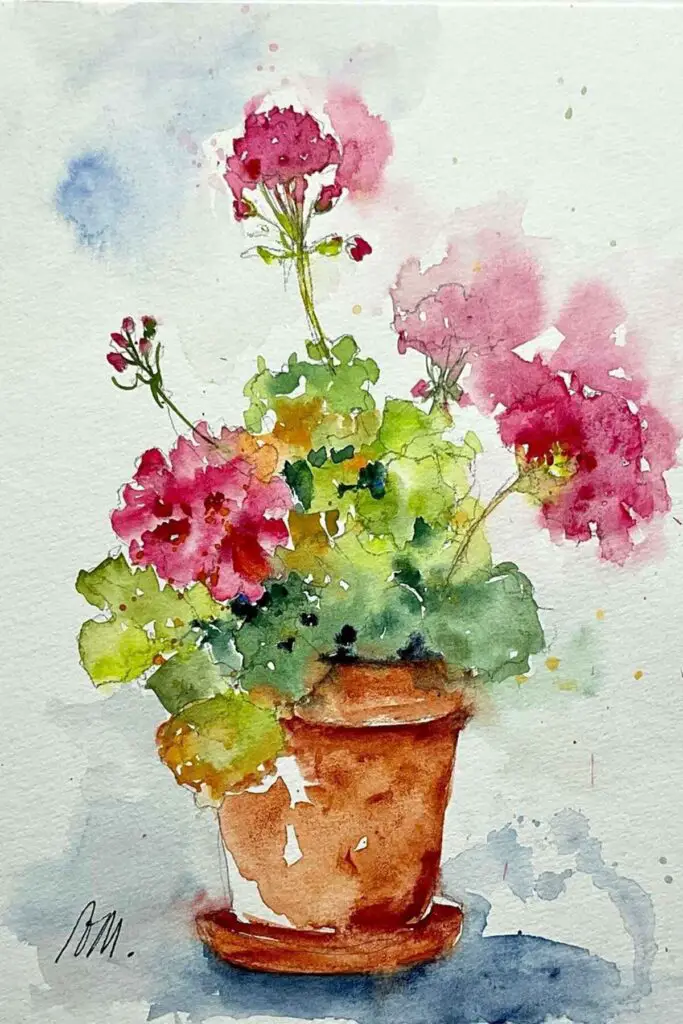
source: Instagram
#2.
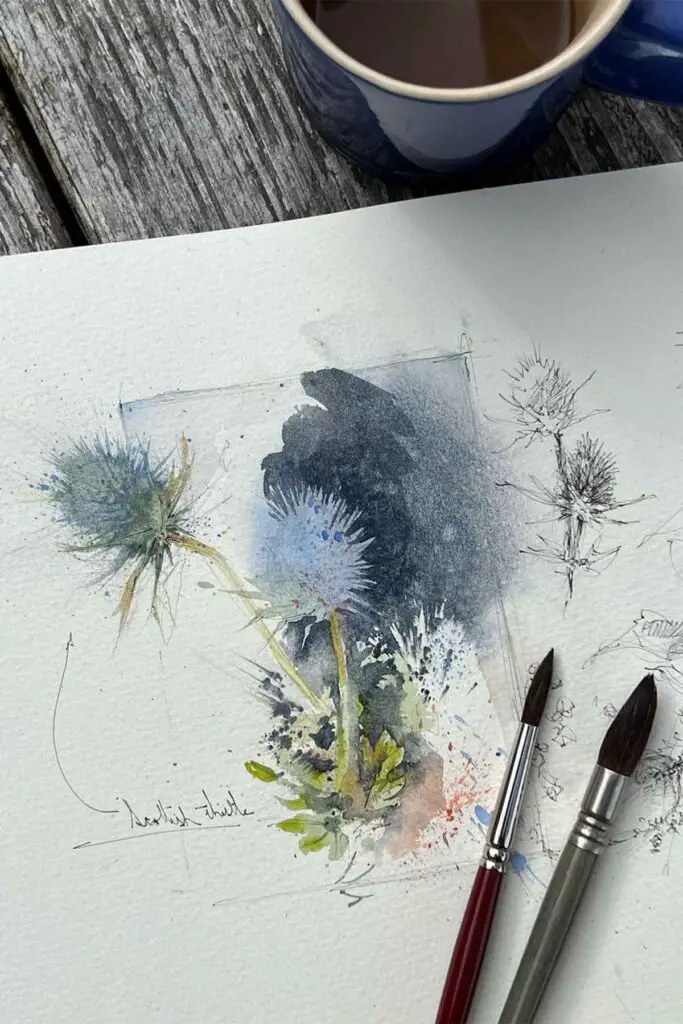
source: Instagram
#3.
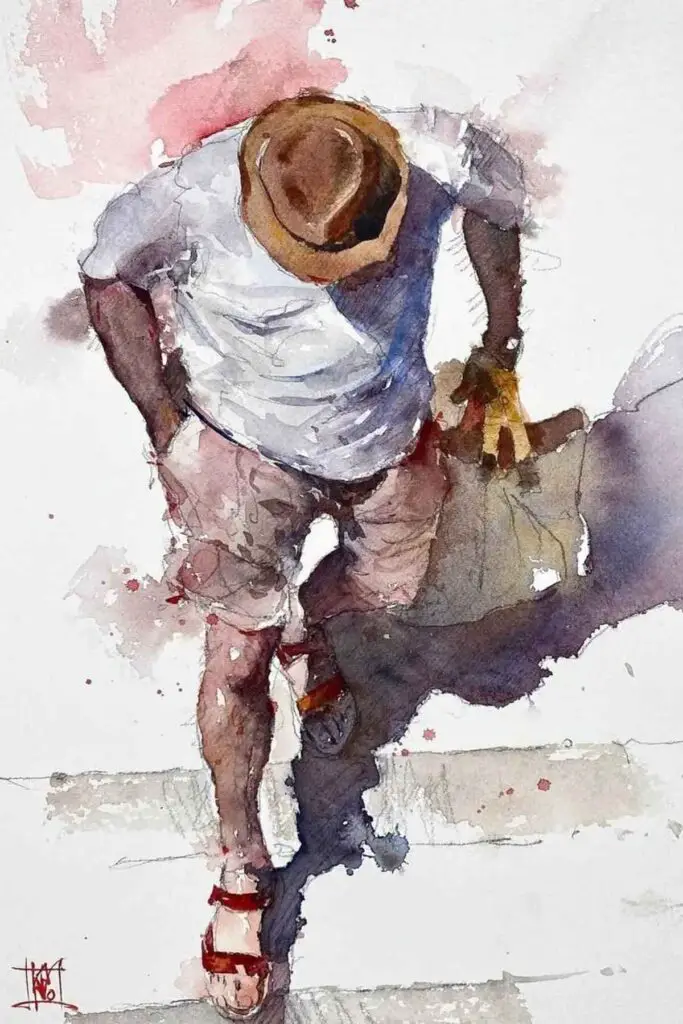
source: Instagram
#4.
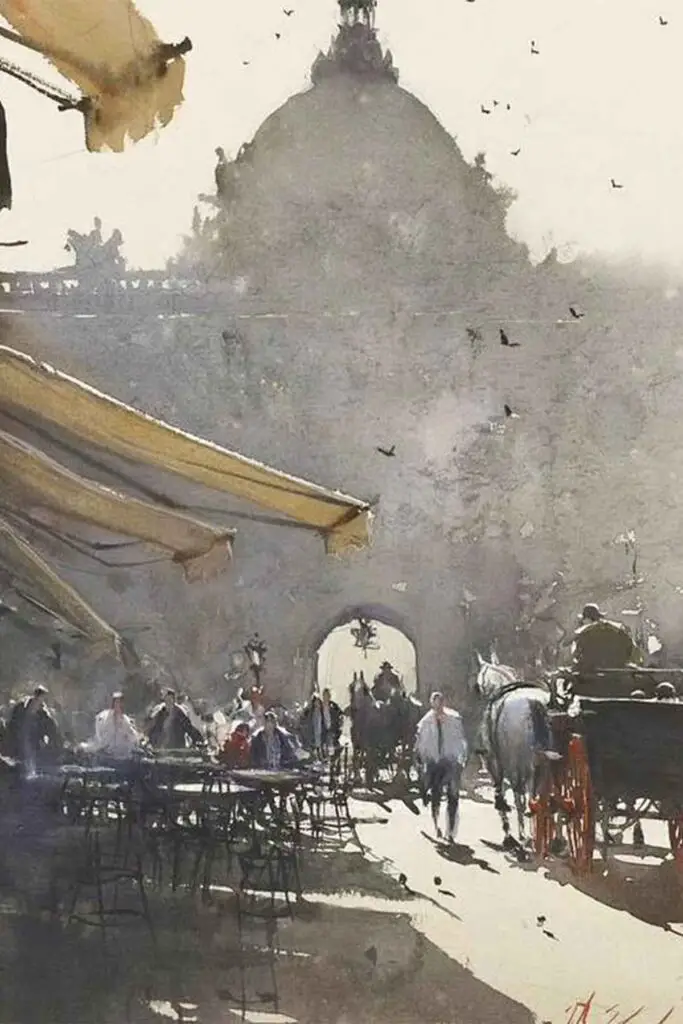
source: Instagram
#5.
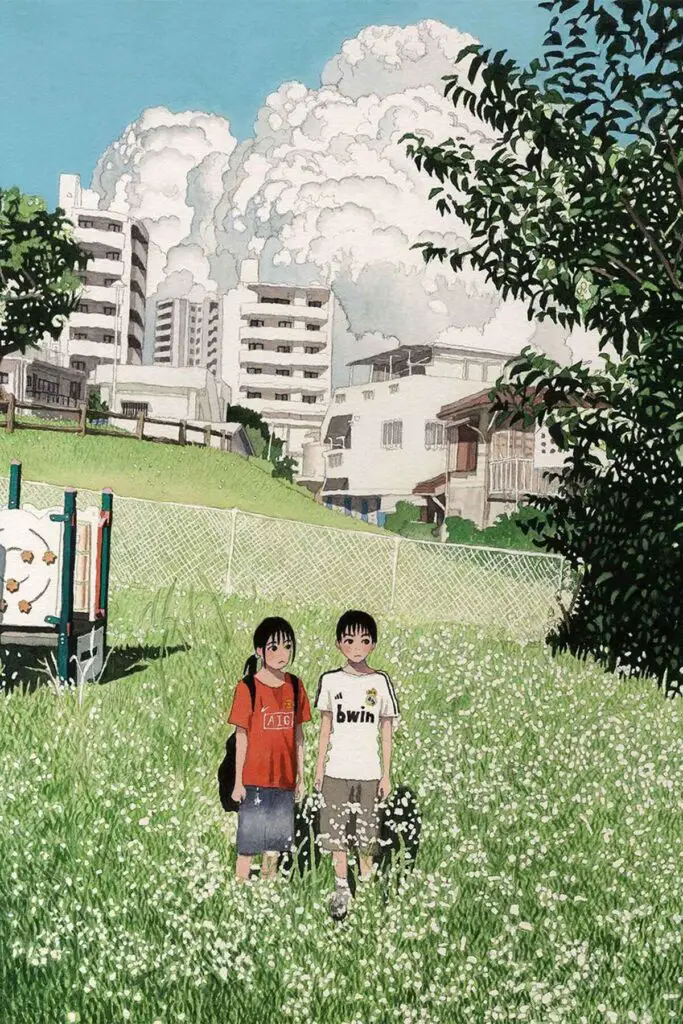
source: Instagram
#6.
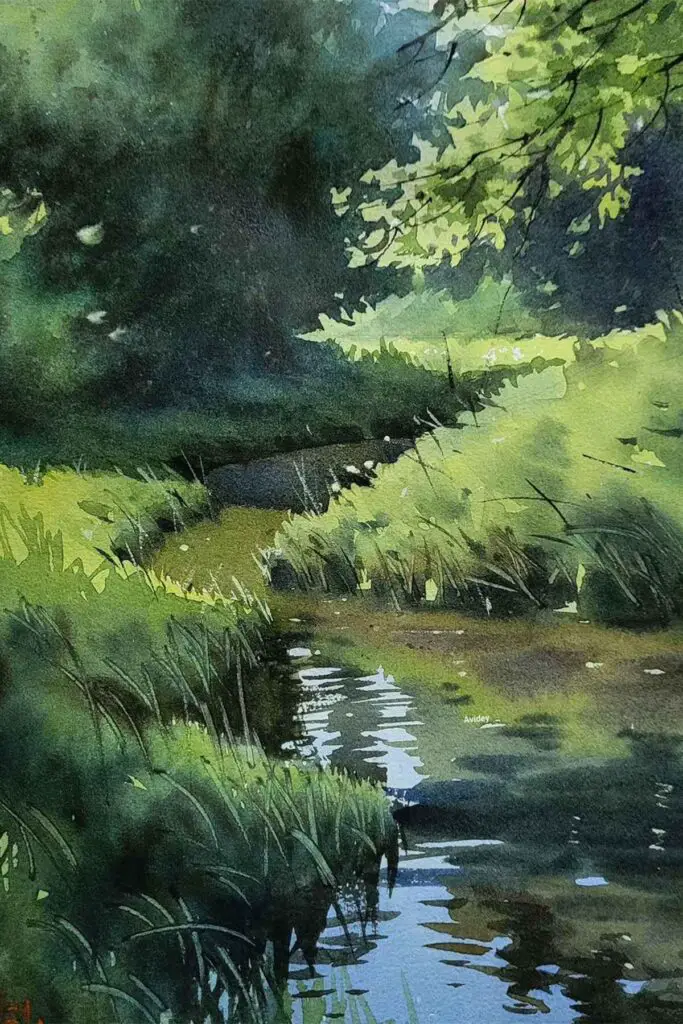
source: Instagram
#7.
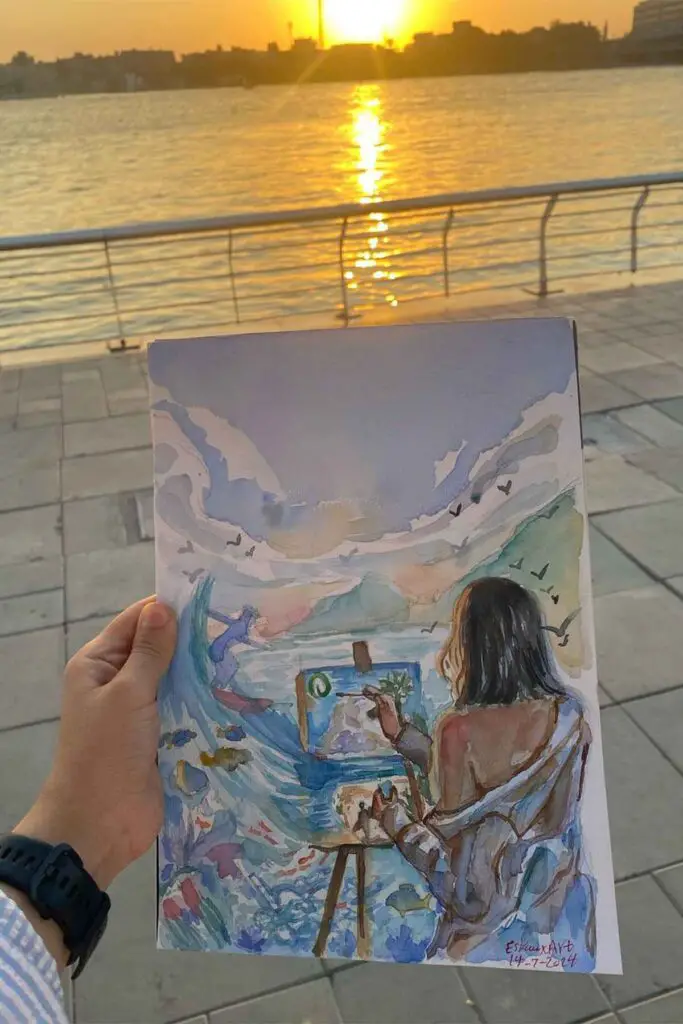
source: Instagram
#8.
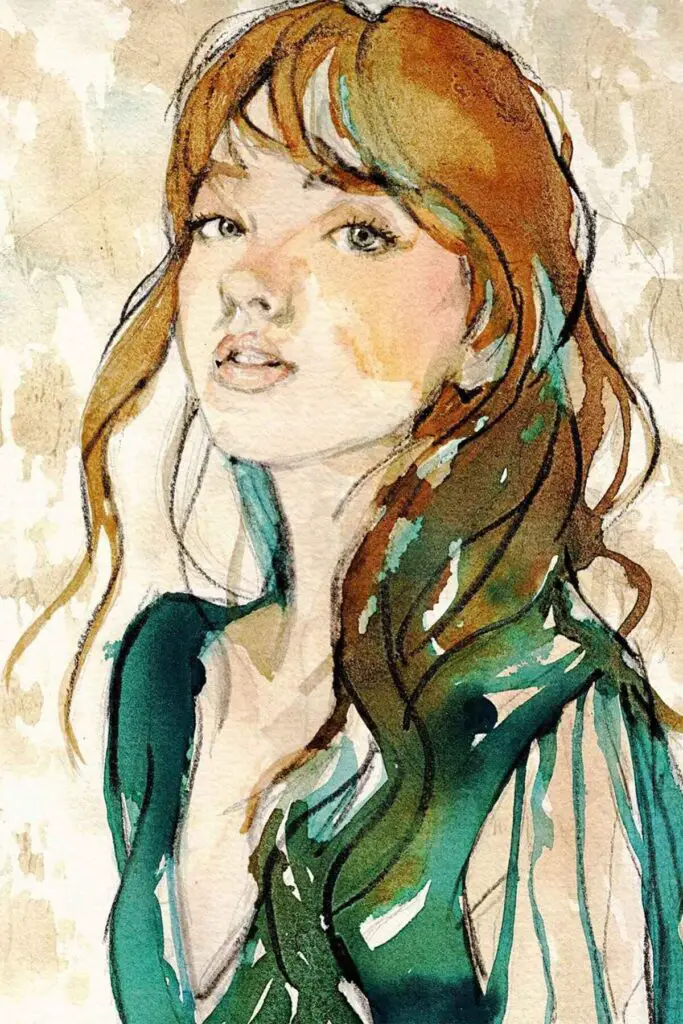
source: Instagram
#9.
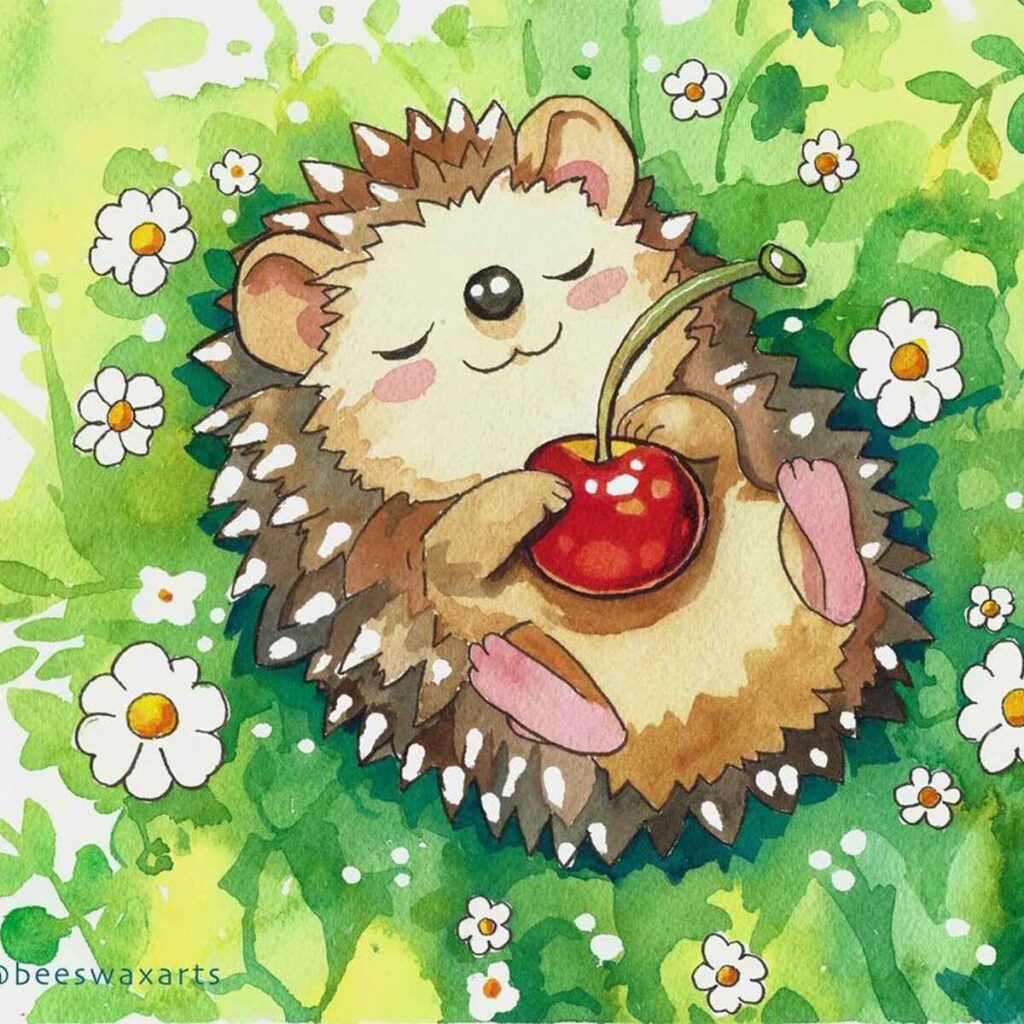
source: Instagram
#10.
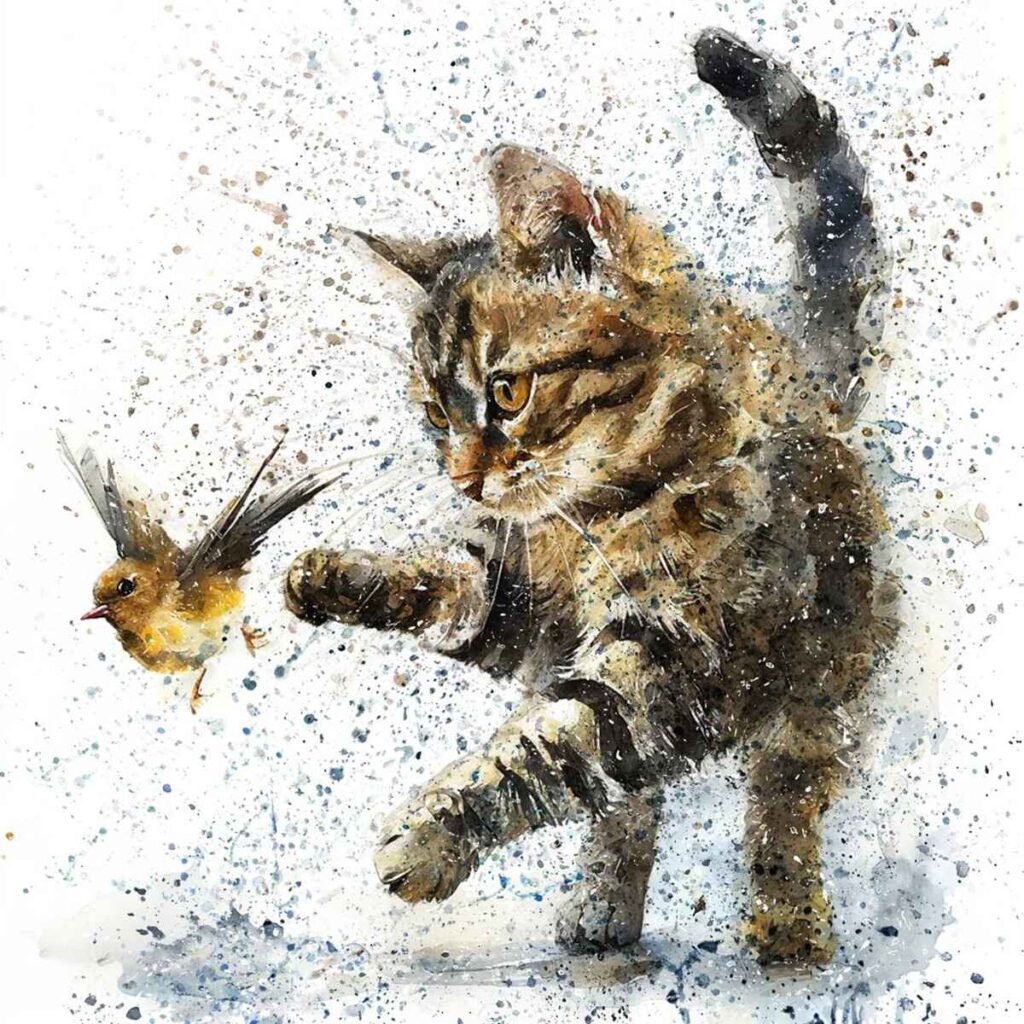
source: Instagram
#11.
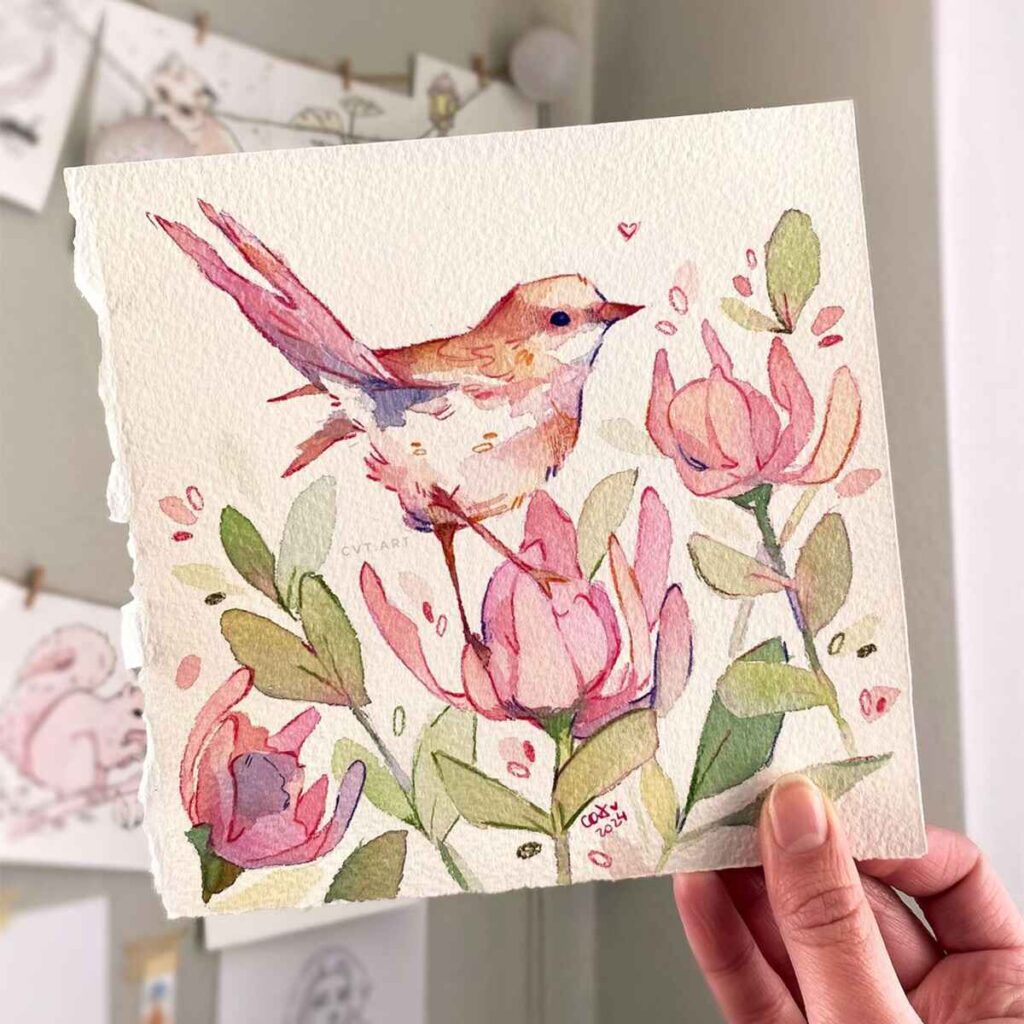
source: Instagram
#12.
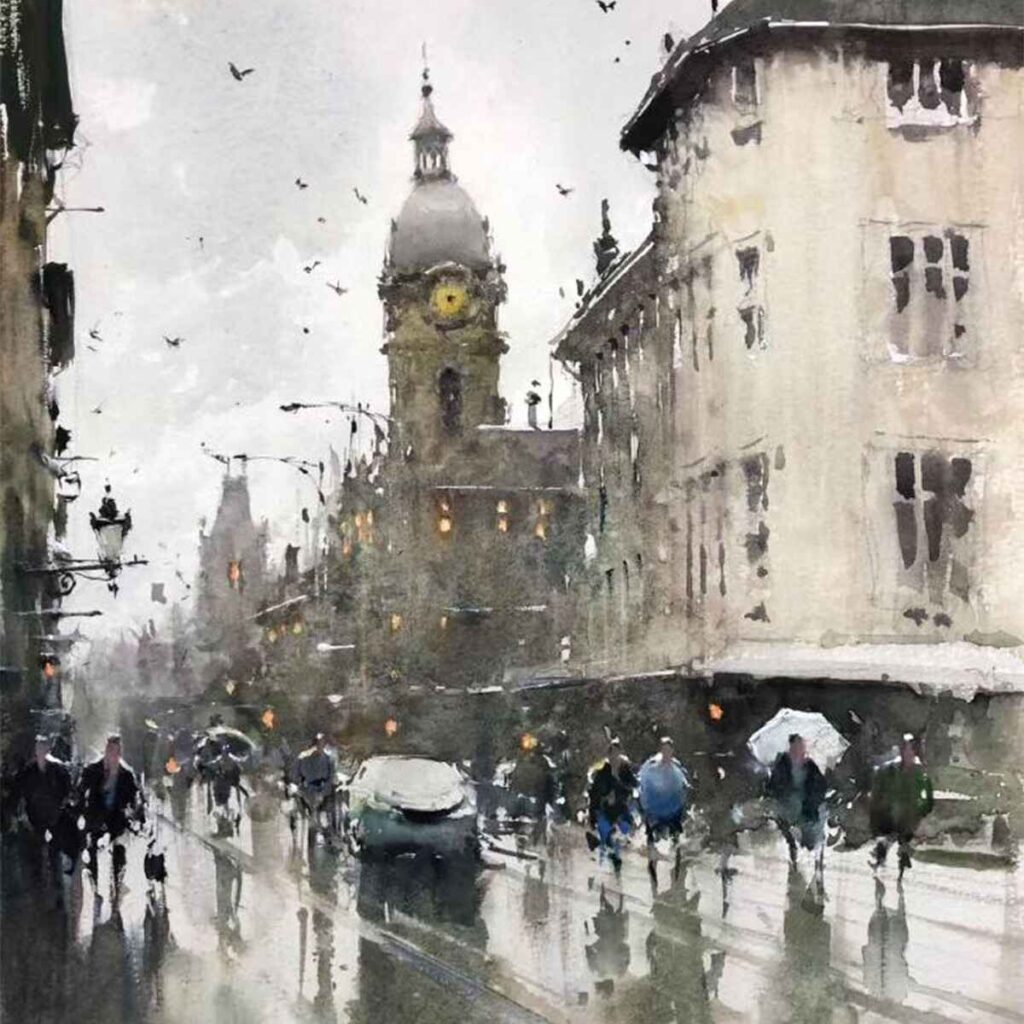
source: Instagram
#13.
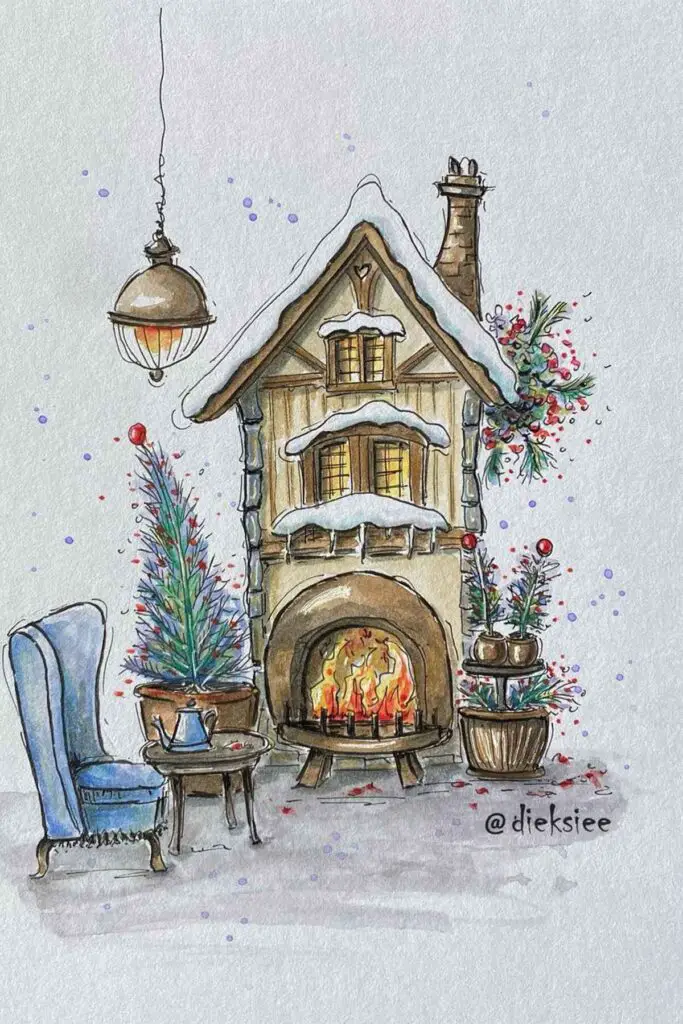
source: Instagram
#14.
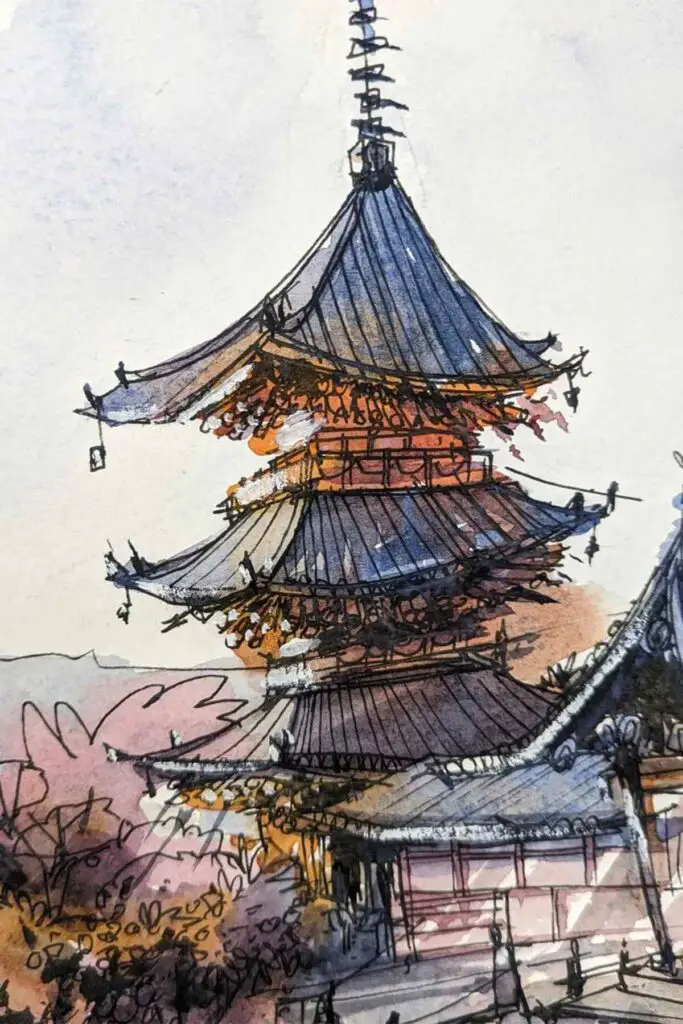
source: Instagram
#15.
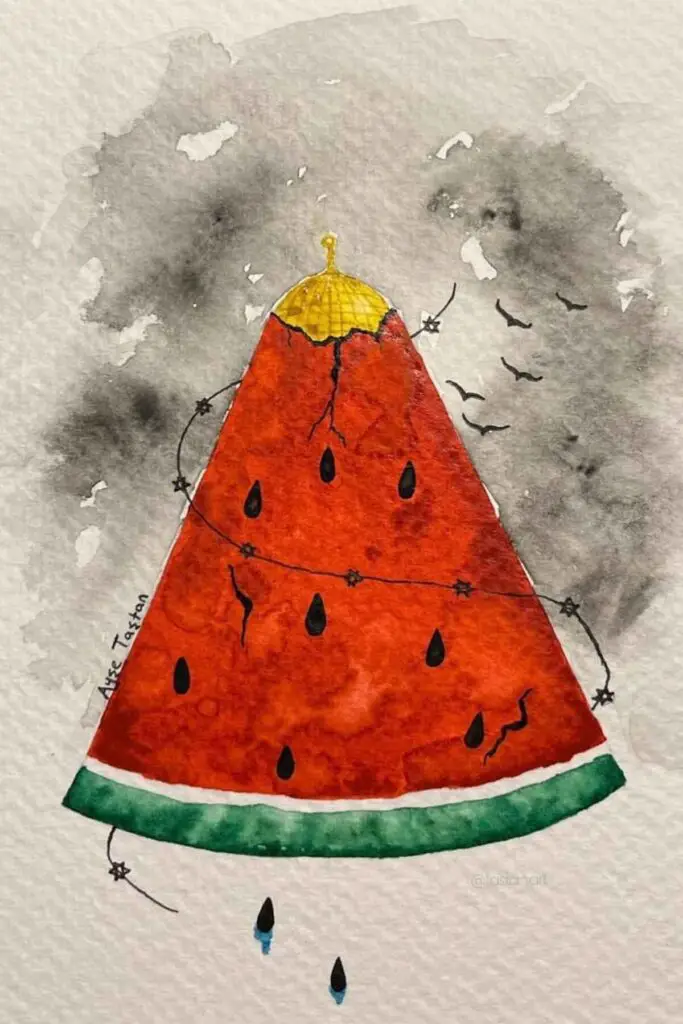
source: Instagram
#16.
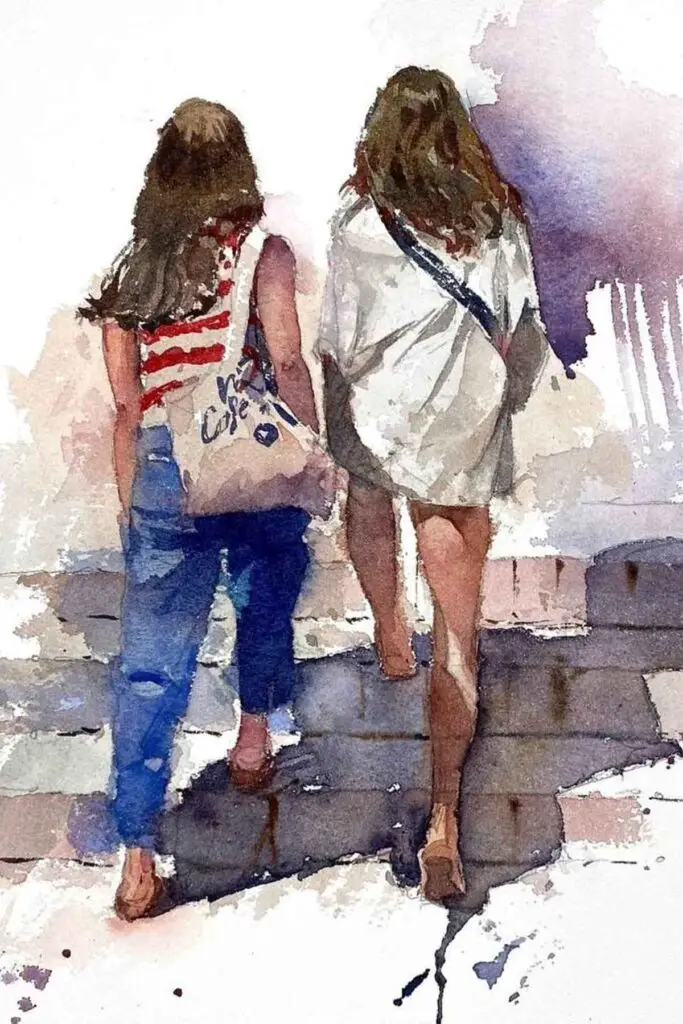
source: Instagram
#17.
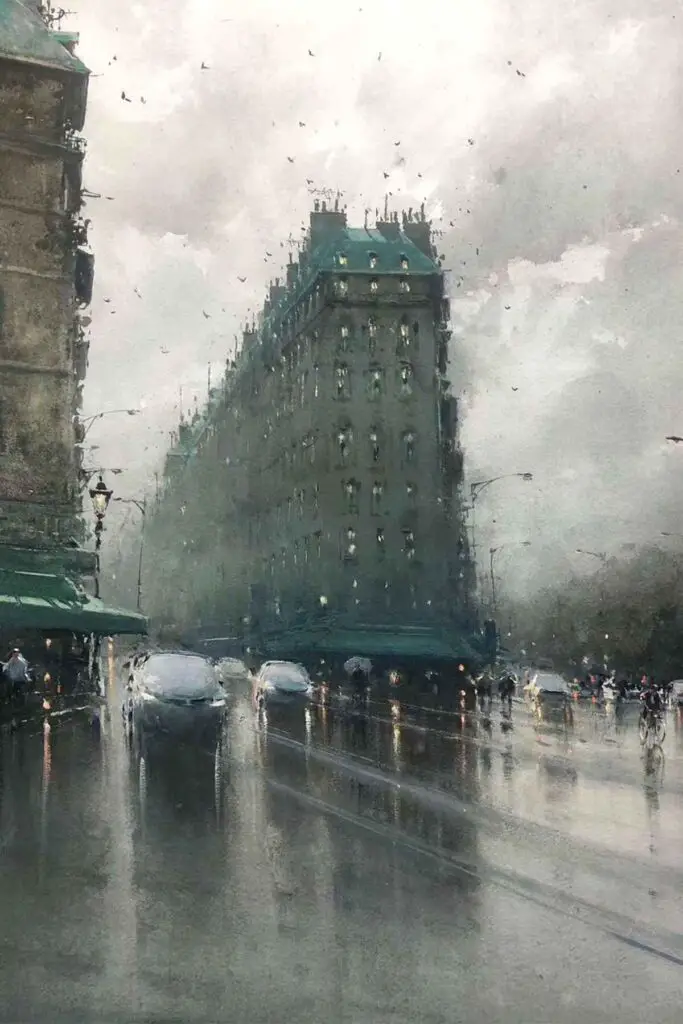
source: Instagram
#18.
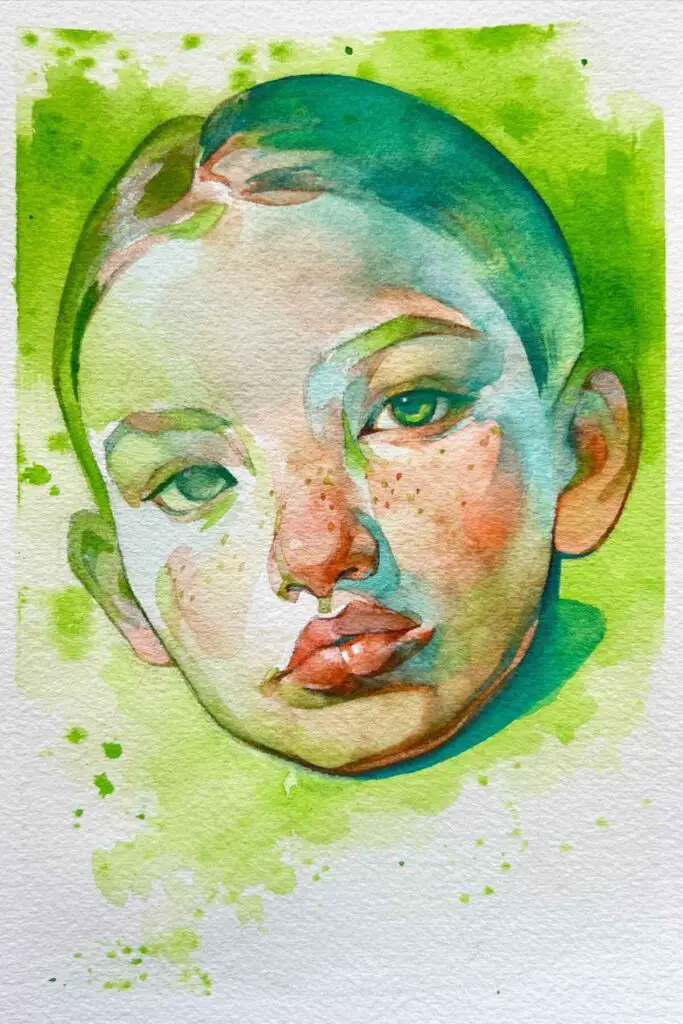
source: Instagram
Don’t go yet because I have so much more in store for you. Keep reading.
Why Choose Watercolor and Ink Painting?
Watercolor and ink painting is versatile and accessible. Watercolors are easy to use and clean up, making them ideal for quick sketches and detailed paintings alike.
Ink adds depth and contrast, bringing your artwork to life with bold lines and intricate details.
Tools and Materials You Need
Before you start, gather these essential tools:
- Watercolor Paints: A set of watercolor paints in various colors.
- Brushes: Different sizes and shapes for various effects.
- Watercolor Paper: Thick, high-quality paper that can absorb water without warping.
- Ink Pens: Fine liners, brush pens, or dip pens.
- Water: For mixing and cleaning brushes.
- Palette: For mixing colors.
- Paper Towels: For blotting and cleaning.
Getting Started with Watercolor and Ink
1. Basic Techniques
- Wet-on-Wet: Apply water to the paper before adding color for soft, blended effects.
- Wet-on-Dry: Apply paint to dry paper for sharp, defined edges.
- Layering: Build depth by applying multiple layers of paint, allowing each layer to dry before adding the next.
- Dry Brush: Use a dry brush with minimal paint for textured, rough strokes.
2. Ink Techniques
- Line Work: Use ink pens to outline shapes or add details.
- Hatching and Cross-Hatching: Create shading and texture with parallel lines.
- Stippling: Use dots to build up areas of tone and texture.
Cool Watercolor Painting Ideas
1. Abstract Art
Abstract watercolor paintings are a great way to experiment with colors and shapes. Try creating flowing, organic patterns or geometric designs.
2. Landscapes
Easy watercolor landscapes can include mountains, forests, or beaches. Use light washes for the sky and darker colors for the land.
3. Nature
Simple nature scenes, like flowers, leaves, or animals, are perfect for beginners. Start with basic shapes and add details with ink.
4. Cityscapes
Create vibrant cityscapes with watercolor washes for the sky and buildings, then add details with ink for windows, doors, and other features.
5. Portraits
Combine soft watercolor washes for skin tones with bold ink lines for facial features and hair. This style can be both realistic and stylized.
6. Still Life
Paint everyday objects like fruits, vases, or books. Use watercolor for color and depth, and ink for outlines and details.
7. Fantasy Scenes
Let your imagination run wild with fantasy scenes, including mythical creatures and magical landscapes. Use bright colors and dramatic ink lines.
8. Animals
Paint your favorite animals with watercolor washes and add texture and detail with ink. Try different techniques for fur, feathers, and scales.
9. Flowers
Flowers are a popular subject for watercolor and ink. Start with a light wash of color and add detailed petals and leaves with ink.
10. Patterns
Create intricate patterns using watercolor and ink. Try mandalas, zentangles, or other repeating designs.
Watercolor and Ink Painting for Beginners
1. Start with Simple Shapes
Begin with basic shapes like circles, squares, and triangles. Fill them with watercolor and outline them with ink.
2. Practice Layering
Experiment with layering colors to create depth and texture. Allow each layer to dry completely before adding the next.
3. Use a Limited Color Palette
Stick to a few colors to create cohesive and harmonious paintings. This can help you focus on technique without being overwhelmed by choices.
4. Experiment with Different Inks
Try different types of ink, such as Indian ink or colored inks, to see how they interact with watercolors.
5. Create a Series
Work on a series of paintings with a common theme or style. This can help you develop your skills and create a cohesive body of work.
Advanced Techniques and Ideas
1. Pen on Watercolor
Use ink pens to add intricate details and patterns on top of watercolor washes. This technique is perfect for adding texture and depth.
2. Watercolor Pencils
Combine watercolor pencils with traditional watercolors for added control and detail. Draw with the pencils and blend with water for soft, painterly effects.
3. Indian Ink Painting
Indian ink can be used alone or with watercolors. Try using a dip pen or brush to create bold, dramatic lines and washes.
4. Watercolor and Ink Collage
Combine watercolor and ink with other materials like paper, fabric, or photographs to create mixed-media collages.
5. Negative Space
Use negative space to create interesting compositions. Paint around the subject, leaving it white or lightly colored, and add details with ink.
DIY Watercolor Art Projects
1. Watercolor Greeting Cards
Create personalized greeting cards with watercolor and ink. Paint simple designs like flowers or abstract patterns and add a heartfelt message with ink.
2. Wall Art
Paint larger pieces to frame and hang on your walls. Try abstract designs, landscapes, or detailed illustrations.
3. Bookmarks
Make custom bookmarks with watercolor and ink. Paint small designs and add inspirational quotes or doodles with ink.
4. Journals
Decorate the covers of your journals or sketchbooks with watercolor and ink. Create unique, personalized designs that inspire you every time you use them.
5. Postcards
Send handmade postcards to friends and family. Paint simple scenes or abstract patterns and add a personal note with ink.
Watercolor and Ink Painting Tips
1. Experiment with Different Papers
Try different types of watercolor paper to see how they affect your painting. Thicker papers can handle more water, while thinner papers are better for detailed work.
2. Keep Your Brushes Clean
Clean your brushes thoroughly between colors to avoid muddying your paints. Use a separate brush for ink to keep it crisp and clean.
3. Use Masking Fluid
Masking fluid can protect areas of your paper from paint, allowing you to create sharp edges and intricate designs.
4. Test Your Colors
Test your colors on a scrap piece of paper before applying them to your painting. This helps you see how they will look when dry and how they interact with each other.
5. Don’t Be Afraid to Make Mistakes
Experiment and play with your materials. Mistakes can lead to new techniques and unexpected results.
FAQs
1. How Long Does It Take to Learn Watercolor and Ink Painting?
Learning watercolor and ink painting is a personal journey that varies for everyone. With regular practice, you can start creating beautiful paintings within a few months.
2. What Is the Best Paper for Watercolor and Ink Painting?
High-quality watercolor paper, such as cold-pressed or hot-pressed paper, is best. It absorbs water well and prevents warping.
3. Can I Use Regular Ink Pens for Watercolor and Ink Painting?
Yes, but make sure they are waterproof and archival quality to prevent smudging and fading.
4. How Do I Prevent My Watercolor Paintings from Fading?
Use high-quality, lightfast watercolor paints and store your paintings away from direct sunlight. Consider using a UV-protective spray.
5. What Is the Difference Between Watercolor and Gouache?
Watercolor is transparent, while gouache is opaque. Gouache can be layered on top of watercolor for added detail and coverage.
Table of Popular Watercolor and Ink Techniques and Their Effects
| Technique | Effect |
|---|---|
| Wet-on-Wet | Soft, blended colors |
| Wet-on-Dry | Sharp, defined edges |
| Layering | Depth and texture |
| Dry Brush | Rough, textured strokes |
| Line Work | Detailed outlines and patterns |
| Hatching and Cross-Hatching | Shading and texture |
| Stippling | Tone and texture |
Take Note
Watercolor and ink painting is a versatile and expressive art form that offers endless possibilities for creativity. These ideas and techniques will help you create stunning works of art.
Remember to experiment, have fun, and let your imagination guide you.

